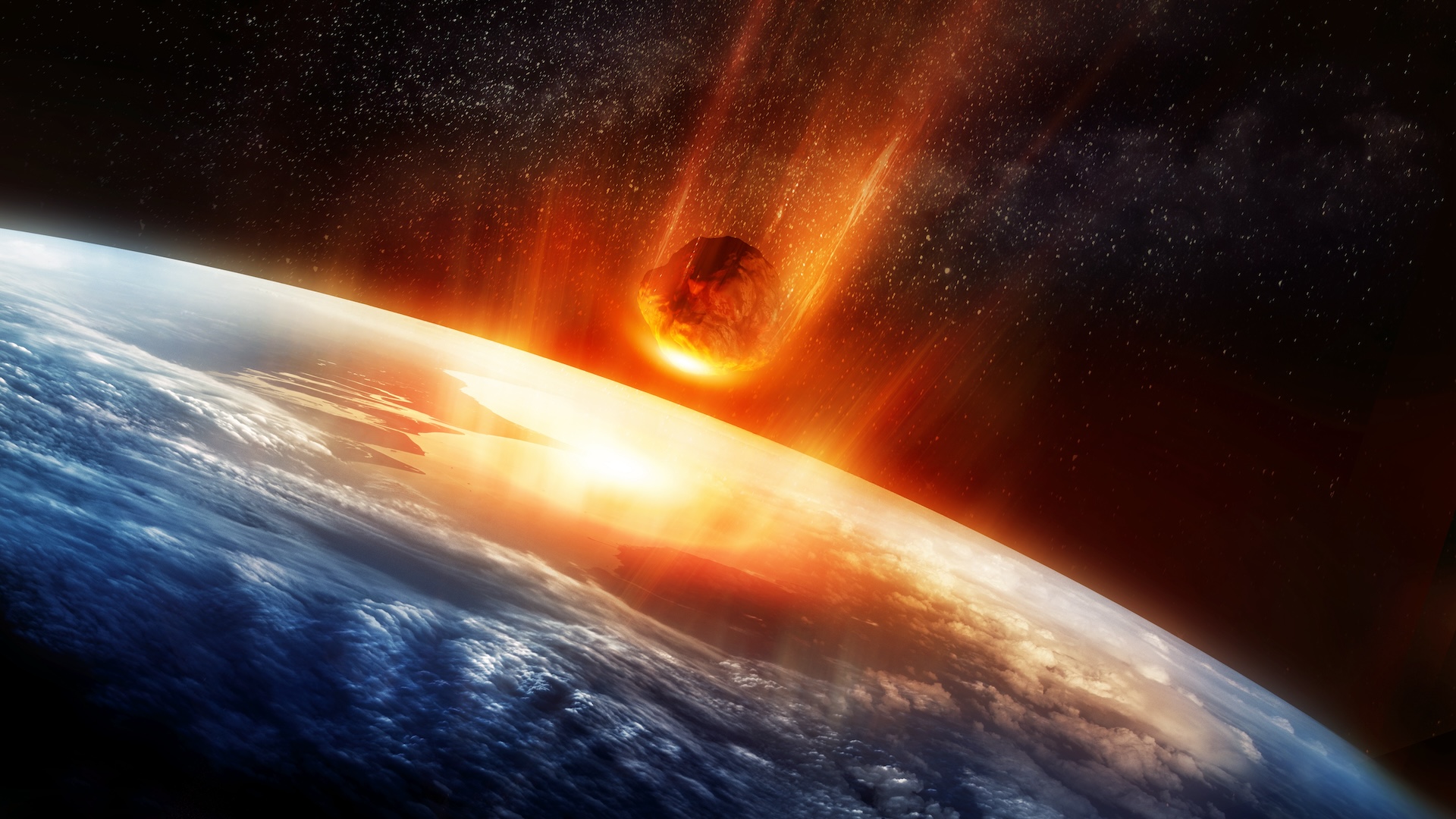
The devastation of a giant meteorite impact on early Earth may have allowed life to flourish, new research suggests.
A study of the remnants of a 3.26 billion-year-old impact reveals that microbial life — the only type of life at that time — may have ultimately benefited from the impact of a meteorite 50 to 200 times larger than the one that killed off the nonavian dinosaurs. While destruction reigned immediately after the impact, the meteorite and a resulting tsunami ultimately released nutrients that were crucial to microbes, the researchers reported.
"Not only do we find that life has resilience, because we still find evidence for life after the impact; we actually think there were changes in the environment that were really great for life," said Nadja Drabon, an assistant professor of Earth and planetary sciences at Harvard University and the lead author of the study, published Oct. 21 in the journal PNAS.
Drabon and her colleagues investigated evidence of an impact during the Archean eon (4 billion to 2.5 billion years ago) in what is now South Africa. Back then, this region was a shallow sea environment. There are probably only a few places on Earth where rocks this old preserve a moment in such detail, Drabon told Live Science.
In the layers, researchers can see spherules — tiny, glass-like orbs that form when a meteorite impact melts silica-containing rock. They also see conglomerates, or rocks made of other chunks of rock. The conglomerates are evidence of a globe-spanning tsunami that tore up the seafloor and smooshed the debris into clumps. The chemistry of the rock layers reveals remnants of the meteor itself, which was a primitive type of space rock called a carbonaceous chondrite. It would have measured between 23 and 36 miles (37 to 58 kilometers) in diameter.
Even though the South Africa site was a good distance from the impact, the collision had major consequences. Not only did it cause a worldwide tsunami, but it also threw up dust that would have blotted out the sun. Evaporated minerals show that the impact also heated the atmosphere enough to boil the upper layers of the ocean.
"It would have been quite disastrous for any life on land or in shallow water," Drabon said.

Within a few years or decades of the impact, however, life was returning, and it may have been in better shape than ever. That's because, post-impact, there were spikes in elements essential to life, the study authors noted in the study.
The first was phosphorus, an essential mineral that likely would have been in short supply in the oceans 3.26 billion years ago. Today, phosphorus erodes out of continental rocks into the oceans, but during the Archean, Earth was mostly a water world, with a limited number of volcanic islands and small continents. A carbonaceous chondrite of the impactor's size would have held hundreds of gigatons of phosphorus, Drabon said.
The second was iron, which would have been plentiful in the deep Archean oceans but not in the shallow seas. The tsunami caused by the meteorite strike would have mixed the oceans, bringing this metal into shallower regions, Drabon said. Red rocks in the layers above the impact show this change in the environment.
The study helps to explain how life began to flourish on a young planet beset by space collisions. The geological record suggests that meteorites larger than the one that killed the dinosaurs hit the early Earth at least every 15 million years. Life was resilient, Drabon said, but those impacts may have shaped life's evolution each time they occurred.
"Because of the extinction of the dinosaurs, mammals were able to radiate, and without that, who knows if we would be able to be here?" Drabon said. The Archean impacts may have had similarly decisive effects on the kinds of microbes that flourished and the kinds that faded away.
"Every impact is going to have some negative effects and some positive effects," Drabon said.







